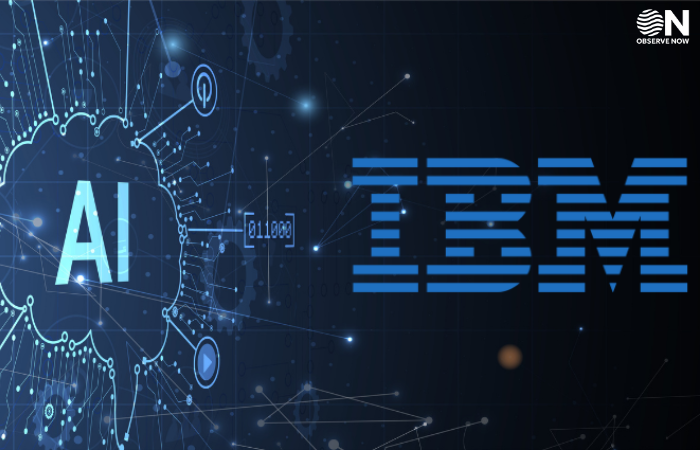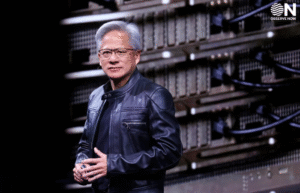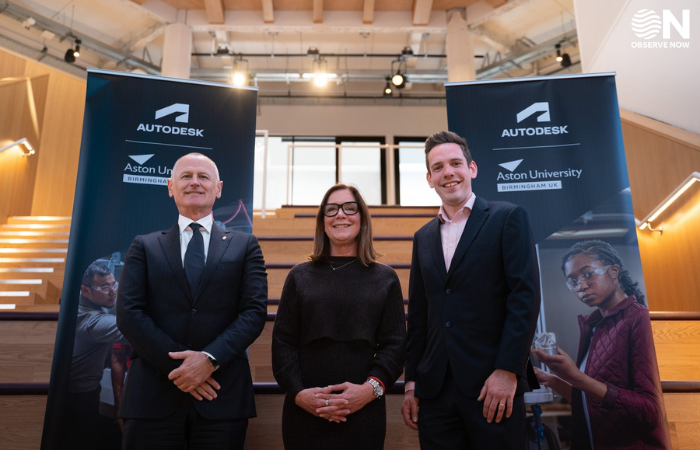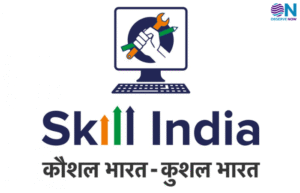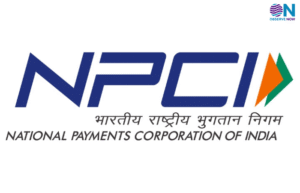IBM Embraces AI to Reshape Workforce Dynamics
IBM has recently undertaken a significant transformation in its workforce strategy by integrating artificial intelligence into its operations. According to CEO Arvind Krishna, the company has replaced several hundred human resources positions with AI agents capable of autonomously performing tasks such as analyzing spreadsheets, conducting research, and drafting emails.
This move is part of IBM’s broader initiative to enhance productivity through AI and automation. Despite the reduction in HR roles, IBM’s overall employment has increased, as the company has redirected resources to expand hiring in areas like programming, sales, and marketing—functions that require critical thinking and human interaction.
The integration of AI agents into IBM’s workflow reflects a growing trend in the tech industry, where companies leverage AI to handle routine tasks, thereby allowing human employees to focus on more complex responsibilities. This approach not only streamlines operations but also creates opportunities for employees to engage in higher-value work.
IBM’s commitment to AI extends beyond internal operations. The company has launched services enabling businesses to develop and manage their own AI agents, facilitating interoperability with third-party AI tools and cloud services. This initiative aligns with IBM’s strategy to support clients in their digital transformation journeys.
Financially, IBM has secured $6 billion in AI-related consulting contracts, underscoring the growing demand for AI solutions in the enterprise sector. The company plans to invest $150 billion in the U.S. over the next five years, focusing on areas such as AI research and development.
While the adoption of AI has led to workforce changes, IBM’s experience illustrates that technology can be a catalyst for job creation in new domains. By embracing AI, the company is not only enhancing efficiency but also fostering innovation and growth in emerging fields.


